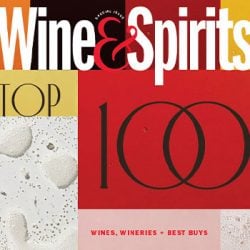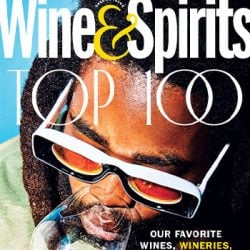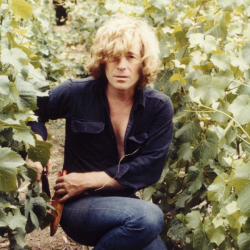Every year, our critics taste hundreds of wines from around the world. These are the wineries that newly piqued their interest in 2023 and will be on our radar to watch in 2024.
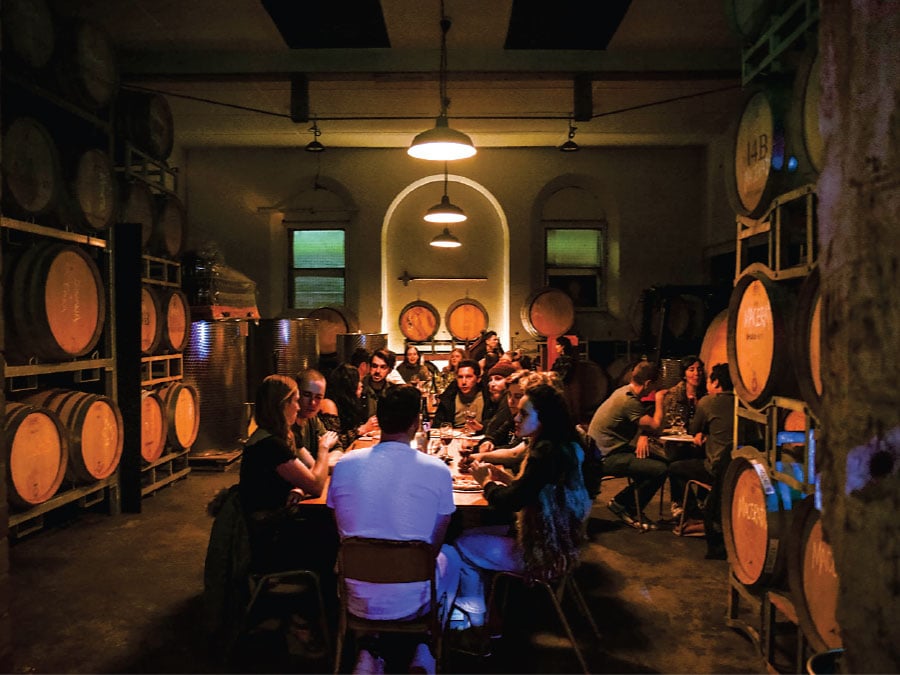

Australia
South Australia
Frederick Stevenson
After traveling around Europe, Steve Crawford came home determined to make wines he wanted to drink. He works with Italian varieties, riesling from Clare Valley, and the usual Rhône suspects from Barossa—the fruit of 87-year-old grenache vines at the Hongell Vineyard in Krondorf is what caught our attention this year. Made in Stevenson’s nothing-added, nothing-taken-away approach (well, there’s a minimal amount of sulfur at bottling), fermented with some whole bunches and aged in old 500-liter barrels, this is the kind of plump yet delicate grenache that makes us want to try anything Crawford bottles. —Joshua Greene
Vine Street, Mt. Laurel, NJ
Chile
Itata
Dominio del Cuarzo
Born in Patagonia, raised in Santiago, Felipe Ramirez got a master’s degree in viticulture in Montpellier. He was working in Maule, at Bouchon, when he had the opportunity to move to Oregon’s Willamette Valley and work with two friends, Louis-Michel Liger-Belair and Pedro Parra, on the Rose & Arrow project. Three years later, while still working with the Rose & Arrow team, he launched his own Itata wines from a friend’s garage next door to Pedro Parra’s winery in Guarilihue. He uses Parra’s cement tanks to ferment his wines—two “village-level” reds, from small parcels of old, dry-farmed bush vines. One is país from Ñipas, growing on trumão (volcanic basalt), giving a wine that’s luxurious, clean, juicy yet transparent. The other, from Guarilihue’s quartz-inflected granite, is a cinsault that feels soft, with a brisk tannic savor under lasting blueberry fruit. Felipe’s gentle sensibility and quiet brilliance comes through in both wines. —J.G.
Brazos, Brooklyn, NY
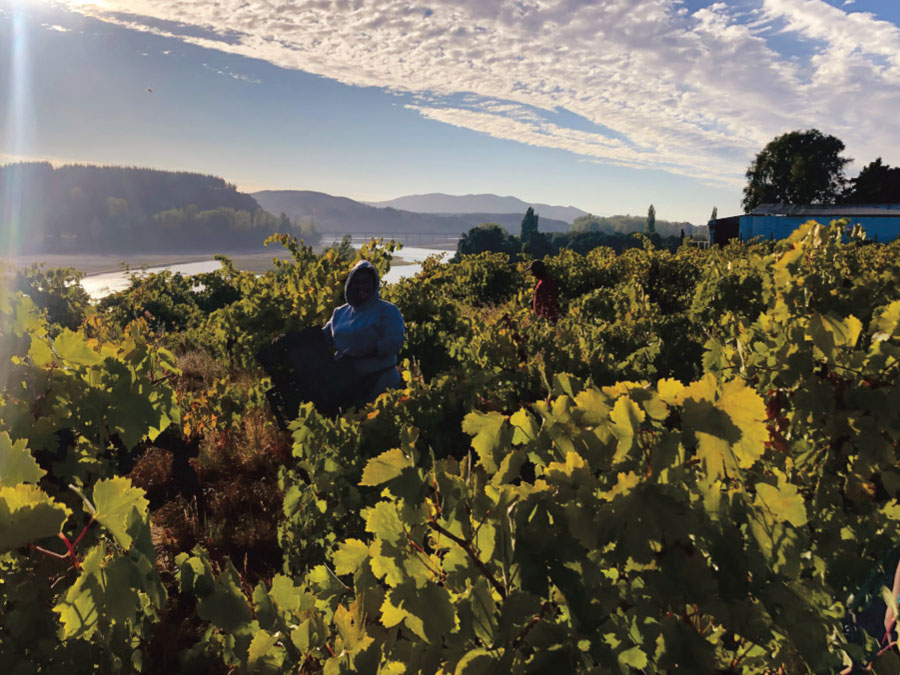

France
Champagne
Benoît Déhu
The Déhu family founded their Champagne house in the western reaches of the Vallée de la Marne in 1787. Eighth-generation Benoît Déhu had been working at Bollinger before he returned to run the family’s estate. It’s his own label, Champagne Benoît Déhu, that has generated a lot of buzz in the sommelier community. A friend introduced me to Déhu this past year. As enthusiastic as his wines, Déhu started in 2011 with a 4.2-acre parcel of pinot meunier, sectioned off from his family’s estate. He farms it under biodynamics and bottles the wine without dosage as La Rue des Noyers. In 2015, he planted a small parcel using a mass selection of Pommard pinot noir from Burgundy, the fruit going to Initiation, in a blend with pinot meunier from Rue de Noyers. Both wines are dynamic Champagnes, exciting to drink, masterfully brisk and ripe, Brut Nature structured to age. —J.G.
Polaner Selections, Mt. Kisco, NY
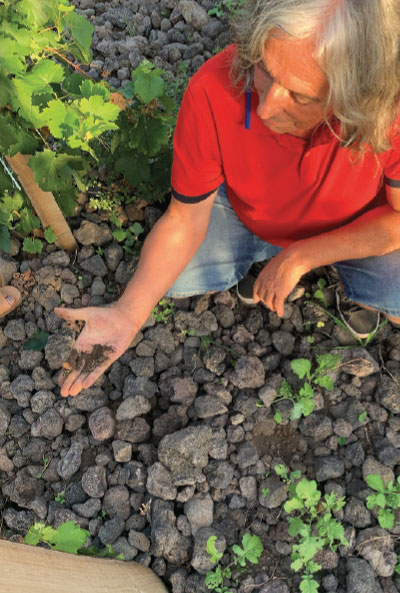

Italy
Sicily’s Mt. Etna
Federico Curtaz
Mount Etna is one of Italy’s most dynamic wine regions. New wineries seem to emerge from its slopes every year, but not many hit us with the jolt of electricity we felt from two whites made by Federico Curtaz. Originally from Valle d’Aosta, Curtaz became an agronomist for Angelo Gaja in 1983, working in Piedmont. He began visiting Sicily and fell under Etna’s spell, where he co-founded Tenuta di Fessina in 2007. By 2015, he was ready to start his own Etna project. Curtaz rents and manages two plots of old carricante vines near the town of Milo on the volcano’s eastern slope. The terraces face straight into the wind and rain whipping off the Ionian sea, that influence translating into both of his Etna Biancos.
Gamma, which includes carricante from Milo and Biancavilla, on the southern slope, is vinified and aged in stainless steel, bringing a purity and nervous tension to the salted-lemon flavors. Kudos, a Superiore, is more intense, the carricante coming from old vines in the Rinazzo contrada near Milo; its notes of white smoke and sea salt cling like lemon drops to a wine that seems too concentrated to be liquid. —Stephanie Johnson
Jan d’Amore Wines, NY
Uruguay
Canelones
Bizarra Extravaganza
The Deicas family emigrated from Valtellina to Uruguay in 1928. They have since built a wine estate that includes the Establecimiento Juanicó, farmed by Jesuits until 1767, on the clay-limestone soils of Canelones. As the third-generation winemaker at Deicas, Santiago started this side project in 2018, experimenting with a co-fermentation of gros manseng and petit manseng, with an extended maceration on the grape skins. He analyzes the must and stops the maceration when there are signs that bacteria have started to grow after the yeasts have died off—usually around five weeks. Then he adds a little sulfur after malolactic conversion and at bottling. His 2020 Naranja contrasts floral scents of roses, a texture bristling with acidity and notes of dried fruit—figs, dates, apricots. For reds, he’s working with tannat that starts fermenting in cement then finishes in amphora, without the skins. Like the Naranja, the only addition is sulfur, in this case, a minimal amount at bottling. His 2020 Amphora Tannat is a textural pleasure, its earthy richness based on flavors of brandied cherries and rosehip-scented tannins. A “Vino Natural” and a feel-good wine. —J.G.
Wood Wines, Great Neck, NY
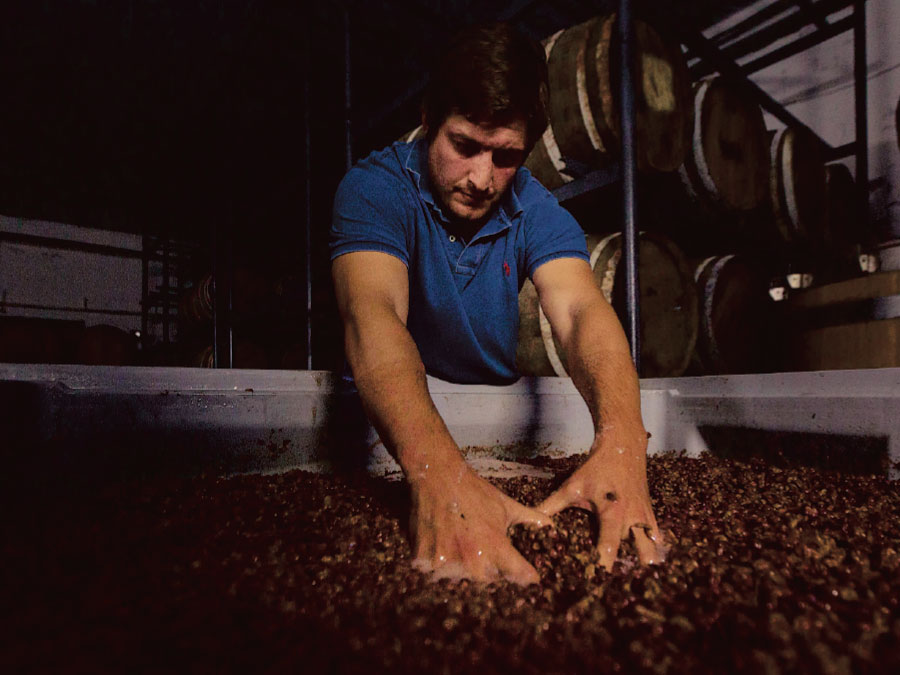

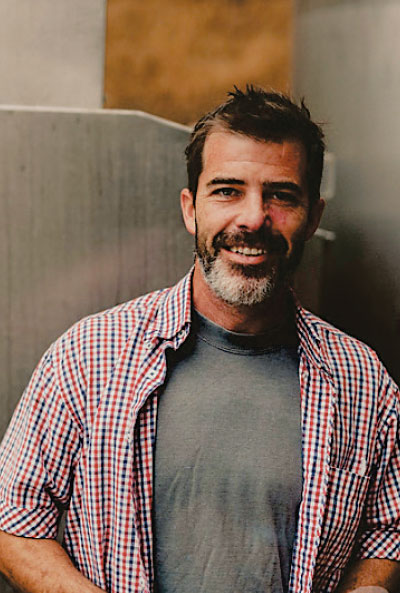

United States
California: Central Coast
Maidenstoen
Mike Callahan is devoted to riesling in California. At one time or another, he has worked with riesling from seven different vineyards in four counties, mostly in the Central Coast. His wines possess a fidelity to a Central Coast flavor profile—stalwart, slightly tropical, toothsome and firm—that dispels any notion that this variety can’t express a California vibe. A winemaking stint with Testarossa introduced him to older sites where the riesling was rarely spoken for, including the Zabala family’s Arroyo Seco vineyard and John Allen’s high-elevation Coast View; others are old plantings, well maintained in unusual places like the high-elevation Wirz Vineyard planted in 1964 or Lafond, planted in 1971. While Callahan makes pinot noir, chardonnay and a little gruner veltliner, riesling is his calling card, presented in a dry style with a tropical suite of flavors and a mouthwatering phenolic grip. —Patrick J. Comiskey
California: Sonoma Coast
Aeris
The origins of Aeris began with a love of Barolo and a question bandied about in the early 2010s in the Santa Cruz Mountains cellars of Rhys Vineyards, namely: Why don’t Italian varieties do better in California? Rhys’s owner, Kevin Harvey, winemaker Jeff Brinkman and vineyard manager Javier Tapia began to research the topic and found that Piedmont’s diurnal shifts, compared with coastal California, are relatively modest, allowing a high-acid grape like nebbiolo to expel more of its acidity as it ripens. Soon after, Harvey took interest in carricante, the citrusy Etna white, and its red counterpart, nerello mascalese, and since the vines were not available here in the US, he decided to import them. They worked with Salvo Foti from Mount Etna and Gianpiero Romana from Piedmont to plant nebbiolo, barbera, zinfandel, carricante and nerello mascalese at their Centennial Mountain Vineyard, a hilltop site west of the Rockpile AVA and Lake Sonoma. Editor Joshua Greene was fascinated by their 2019 Bricco Rosso, a blend of carignane and zinfandel, nebbiolo and nerello mascalese. And he found the team’s zinfandel to be bold and juicy, spiced with cedar and clove, “less about cherries than about cherry-blossom finesse…” making it sound a bit like nebbiolo after all. —P.J.C.


New York: Finger Lakes
Hillick & Hobbs
Hillick & Hobbs is Paul Hobbs’s homage to his parents, Joan Hillick and Edward Hobbs, who raised ten children in Niagara County, not far from Lake Ontario, on a farm that included orchards and hybrid grapes. Paul helped to plant those grapes and, when he was of age, his father urged him to study winemaking. This project brings his international consulting work closer to home. Originally in a partnership with Johannes and Barbara Selbach, they developed a parcel on the southeast shore of Lake Seneca and planted 25 acres in 2014 on a rocky slope, employing a vertical trellis similar to those of Mosel vineyards. Hobbs’s boots-on-the-ground winemaker is Lynne Fahy (her riesling cred includes a stage at Trisaetum Winery in Oregon, and Finger Lakes winemaking at Keuka Spring, then Anthony Road). Their latest release is a lean riesling, exotic and concentrated in its flavors, especially for the Finger Lakes. —P.J.C
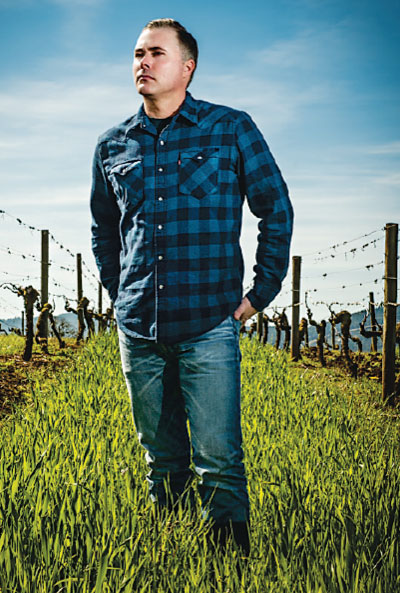

Oregon
Golden Cluster
Jeff Vejr makes the wines at Golden Cluster, a collection of brands featuring off-the-beaten-path vineyards and varieties, whether that’s saperavi and sagrantino from small plots in the Columbia Gorge, or 55-year-old plantings of semillon put to ground by Charles Coury, Oregon’s modern vine pioneer. He also makes chardonnays from an old planting of an obscure clone (548) in the Tualatin Hills prone to millerandage (hens and chicks)—in 2019, he called one of them “Noburg, Oregon,” and left it outside in a barrel that wasn’t topped off, with the intent to oxidize the juice. Instead, the cold winter forced the wine into a reductive state. This portion, blended with another barrel of more typical élevage, made for one of the oddest, most compelling white wines we tasted this year, fiercely reductive and yet full of lively fruit. —P.J.C.
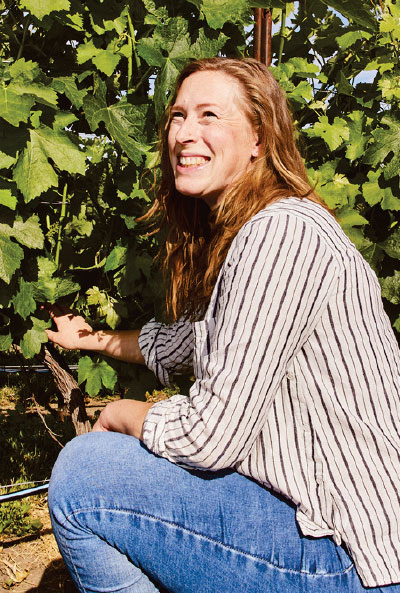

Washington: Walla Walla
Itä
Kelsey Albro Itämeri got a degree from Georgetown’s School of Foreign Service before moving to Los Angeles to work in TV and film, then on to bartending and bar managing. In 2017 she enrolled in oenology school in Walla Walla, working stages at The Walls and Balboa Winery, and, later, with Domaine Jean Charton in Puligny-Montrachet. She founded Itä in 2019, focusing on vineyards near or in the foothills of the Blue Mountains. She draws most from Breezy Slope, where she purchases some of the only pinot noir found in the Walla Walla Valley, and the iconic Les Collines, where she gets semillon, merlot, zinfandel and syrah. Across the board, her wines are lean, crunchy, low alcohol jewels, bristling with energy and nerve. —P.J.C.
This story appears in the print issue of Fall 2023.
Like what you read? Subscribe today.

